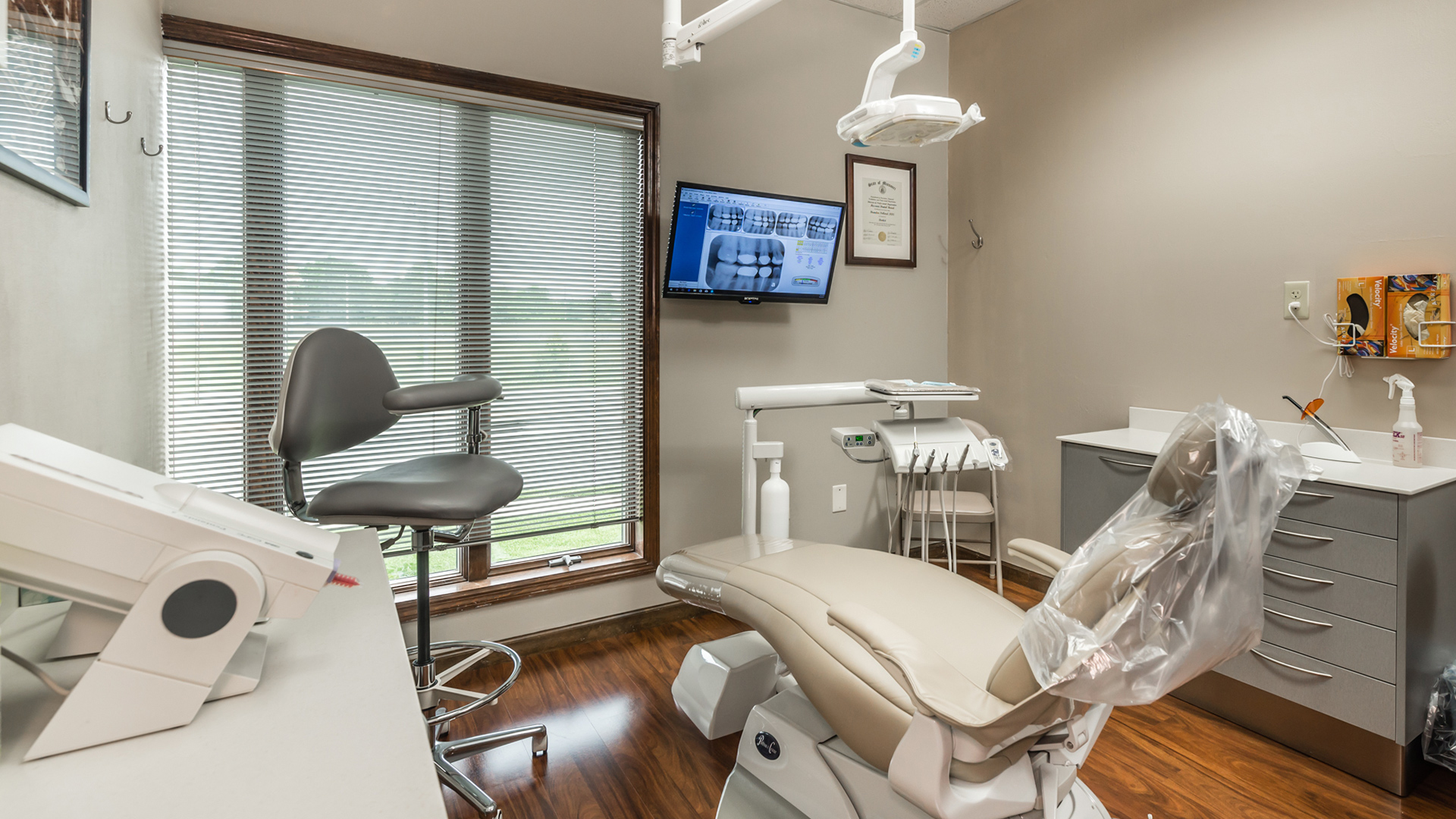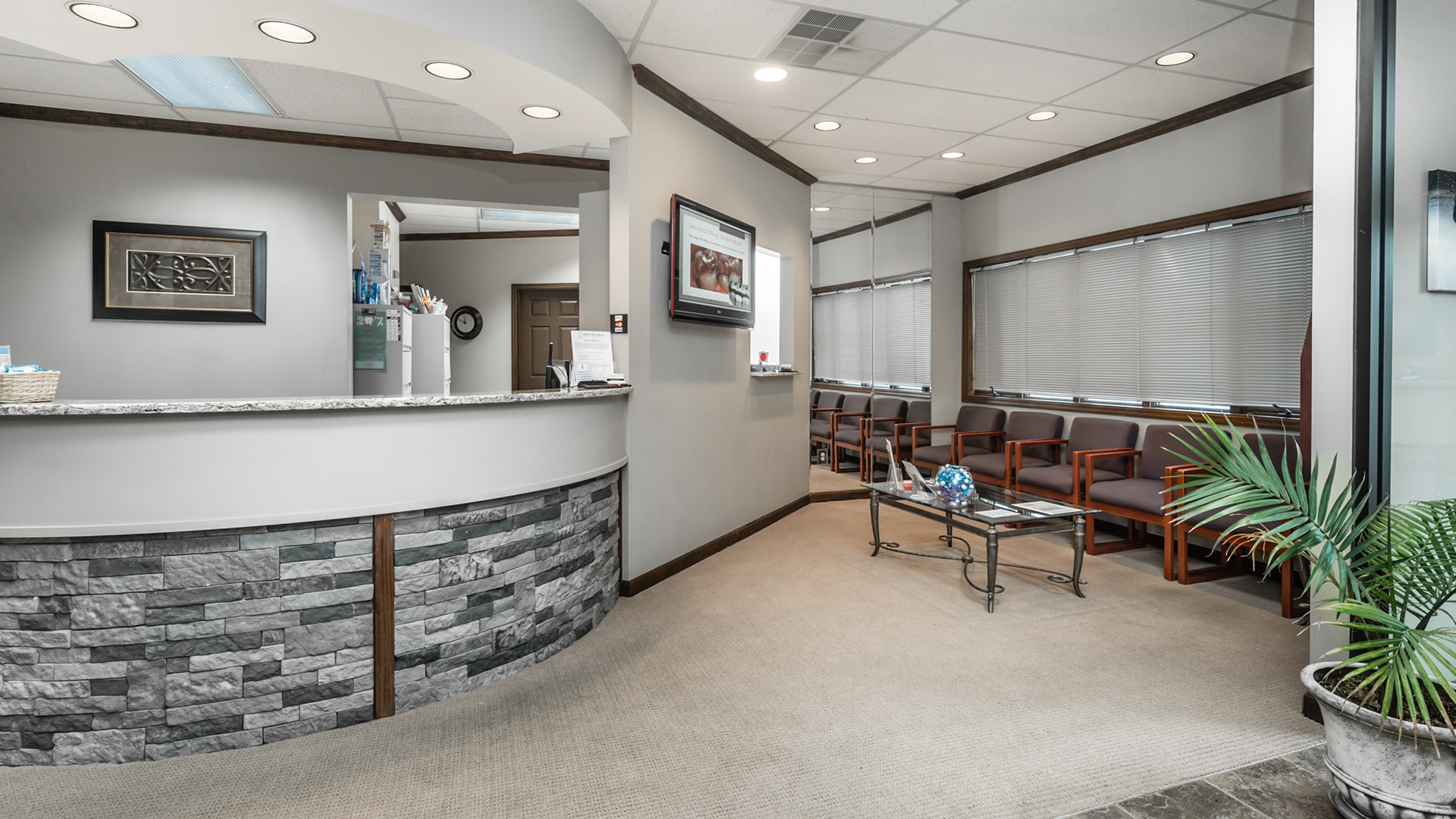Research advancements in dentistry have created outstanding alternatives to amalgam fillings with similar strength and durability. Composite filling materials that are similar to natural tooth structure are readily available. Dr. Pollard is committed to restoring teeth with metal-free options whenever possible. However, amalgam holds a long track-record in dentistry, and the majority of research supports the safety of this restorative material. Composite fillings look more natural while replicating the tooth structure they are replacing. This results in less stress and cracking of the supporting tooth structure, and fillings that look and feel great.
Cavities and small fractures leave teeth with defects that progress over time if left untreated. Tooth colored composites blend into the tooth structure to provide a great option for restoring teeth. Composites can often be placed in small layers, which preserves more of your natural tooth. Composite fillings have many uses, from a cavity along the gum line to chipped front teeth. Composite filling material contains a mix of liquid resin embedded with finely ground glass filler particles. After being shaped against prepared tooth structure, UV light is applied directly to the composite. The filling is then shaped and polished to reflect the beauty of natural enamel.







